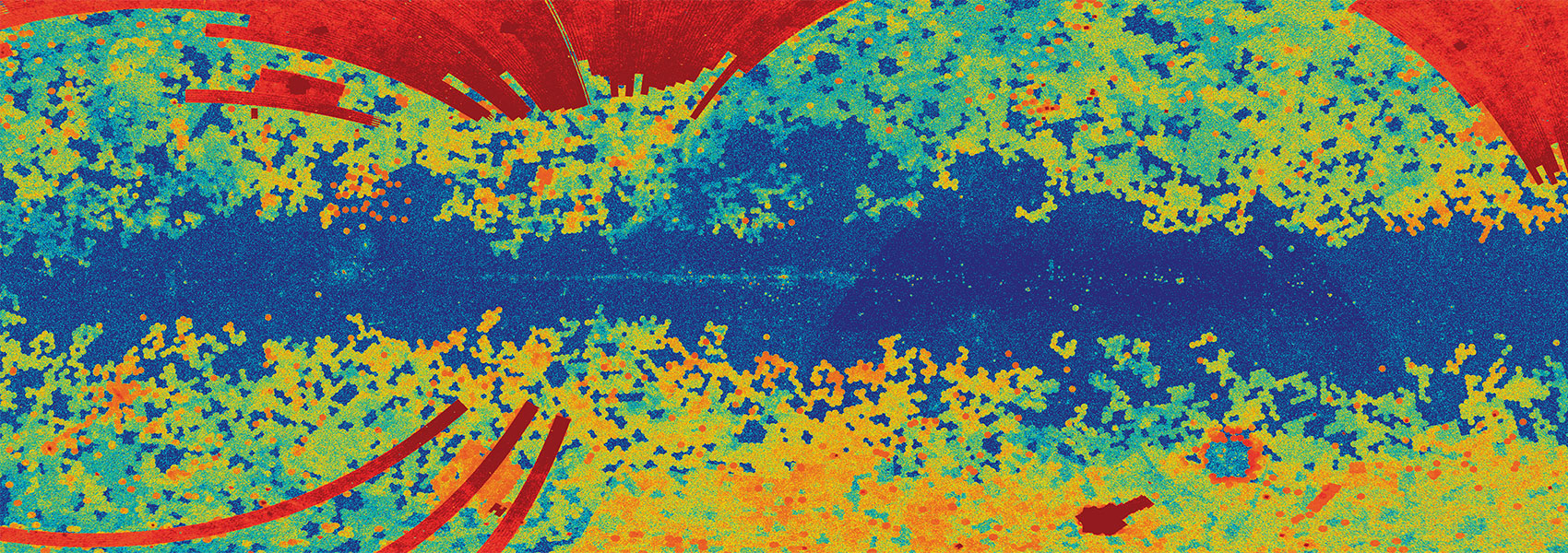November
2012
•
2012A&A...547A..55B
Authors
•
Bachelet, E.
•
Fouqué, P.
•
Han, C.
•
Gould, A.
•
Albrow, M. D.
•
Beaulieu, J. -P.
•
Bertin, E.
•
Bond, I. A.
•
Christie, G. W.
•
Heyrovský, D.
•
Horne, K.
•
Jørgensen, U. G.
•
Maoz, D.
•
Mathiasen, M.
•
Matsunaga, N.
•
McCormick, J.
•
Menzies, J.
•
Nataf, D.
•
Natusch, T.
•
Oi, N.
•
Renon, N.
•
Tsapras, Y.
•
Udalski, A.
•
Yee, J. C.
•
Batista, V.
•
Bennett, D. P.
•
Brillant, S.
•
Caldwell, J. A. R.
•
Cassan, A.
•
Cole, A.
•
Cook, K. H.
•
Coutures, C.
•
Dieters, S.
•
Dominik, M.
•
Dominis Prester, D.
•
Donatowicz, J.
•
Greenhill, J.
•
Kains, N.
•
Kane, S. R.
•
Marquette, J. -B.
•
Martin, R.
•
Pollard, K. R.
•
Sahu, K. C.
•
Street, R. A.
•
Wambsganss, J.
•
Williams, A.
•
Zub, M.
•
PLANET Collaboration
•
Bos, M.
•
Dong, Subo
•
Drummond, J.
•
Gaudi, B. S.
•
Graff, D.
•
Janczak, J.
•
Kaspi, S.
•
Kozłowski, S.
•
Lee, C. -U.
•
Monard, L. A. G.
•
Muñoz, J. A.
•
Park, B. -G.
•
Pogge, R. W.
•
Polishook, D.
•
Shporer, A.
•
Fun Collaboration
•
Abe, F.
•
Botzler, C. S.
•
Fukui, A.
•
Furusawa, K.
•
Hearnshaw, J. B.
•
Itow, Y.
•
Korpela, A. V.
•
Ling, C. H.
•
Masuda, K.
•
Matsubara, Y.
•
Miyake, N.
•
Muraki, Y.
•
Ohnishi, K.
•
Rattenbury, N. J.
•
Saito, To.
•
Sullivan, D.
•
Sumi, T.
•
Suzuki, D.
•
Sweatman, W. L.
•
Tristram, P. J.
•
Wada, K.
•
MOA Collaboration
•
Allan, A.
•
Bode, M. F.
•
Bramich, D. M.
•
Clay, N.
•
Fraser, S. N.
•
Hawkins, E.
•
Kerins, E.
•
Lister, T. A.
•
Mottram, C. J.
•
Saunders, E. S.
•
Snodgrass, C.
•
Steele, I. A.
•
Wheatley, P. J.
•
ROBONET-II Collaboration
•
Bozza, V.
•
Browne, P.
•
Burgdorf, M. J.
•
Calchi Novati, S.
•
Dreizler, S.
•
Finet, F.
•
Glitrup, M.
•
Grundahl, F.
•
HarpsøE, K.
•
Hessman, F. V.
•
Hinse, T. C.
•
Hundertmark, M.
•
Liebig, C.
•
Maier, G.
•
Mancini, L.
•
Rahvar, S.
•
Ricci, D.
•
Scarpetta, G.
•
Skottfelt, J.
•
Southworth, J.
•
Surdej, J.
•
Zimmer, F.
•
Mindstep Consortium
Abstract
•
Context. Caustic crossing is the clearest signature of binary lenses in microlensing. In the present context, this signature is diluted by the large source star but a detailed analysis has allowed the companion signal to be extracted.
Aims: MOA 2009-BLG-411 was detected on August 5, 2009 by the MOA-Collaboration. Alerted as a high-magnification event, it was sensitive to planets. Suspected anomalies in the light curve were not confirmed by a real-time model, but further analysis revealed small deviations from a single lens extended source fit.
Methods: Thanks to observations by all the collaborations, this event was well monitored. We first decided to characterize the source star properties by using a more refined method than the classical one: we measure the interstellar absorption along the line of sight in five different passbands (VIJHK). Secondly, we model the lightcurve by using the standard technique: make (s,q,α) grids to look for local minima and refine the results by using a downhill method (Markov chain Monte Carlo). Finally, we use a Galactic model to estimate the physical properties of the lens components.
Results: We find that the source star is a giant G star with radius 9 R⊙. The grid search gives two local minima, which correspond to the theoretical degeneracy s ≡ s-1. We find that the lens is composed of a brown dwarf secondary of mass MS = 0.05 M⊙ orbiting a primary M-star of mass MP = 0.18 M⊙. We also reveal a new mass-ratio degeneracy for the central caustics of close binaries.
Conclusions: As far as we are aware, this is the first detection using the microlensing technique of a binary system in our Galaxy composed of an M-star and a brown dwarf.
Appendix is available in electronic form at http://www.aanda.org
Links





